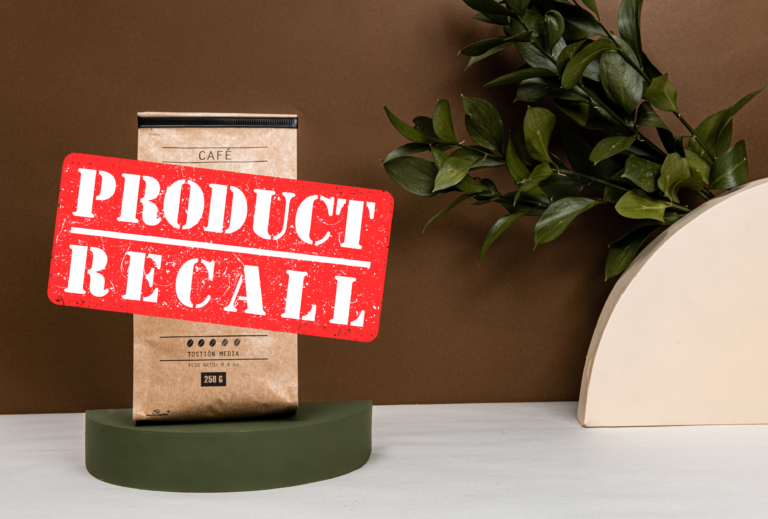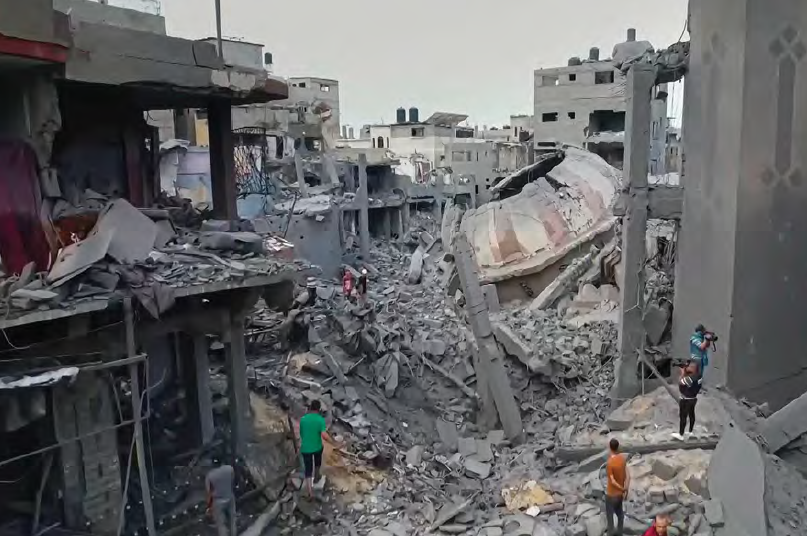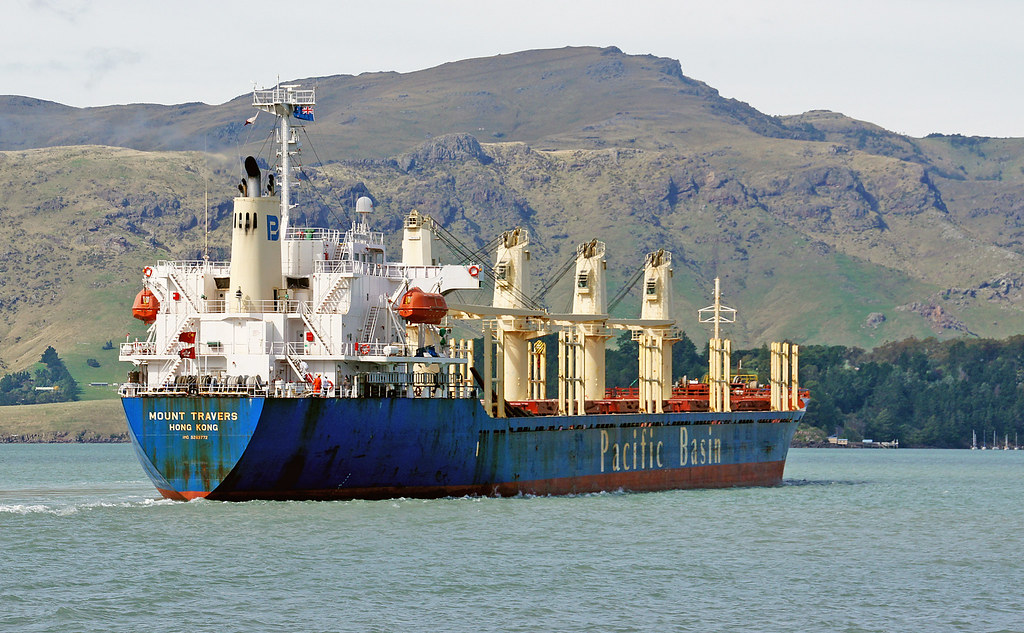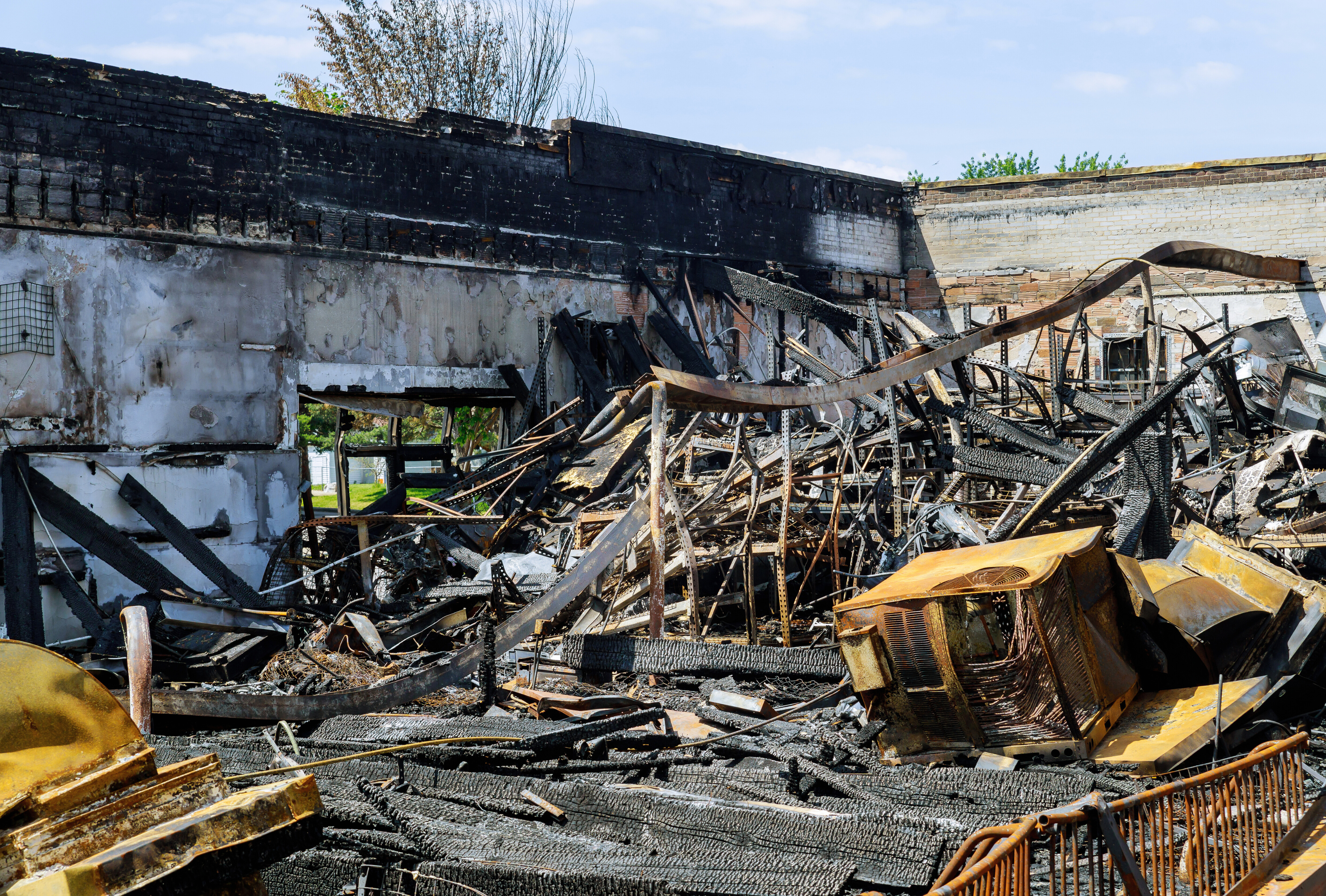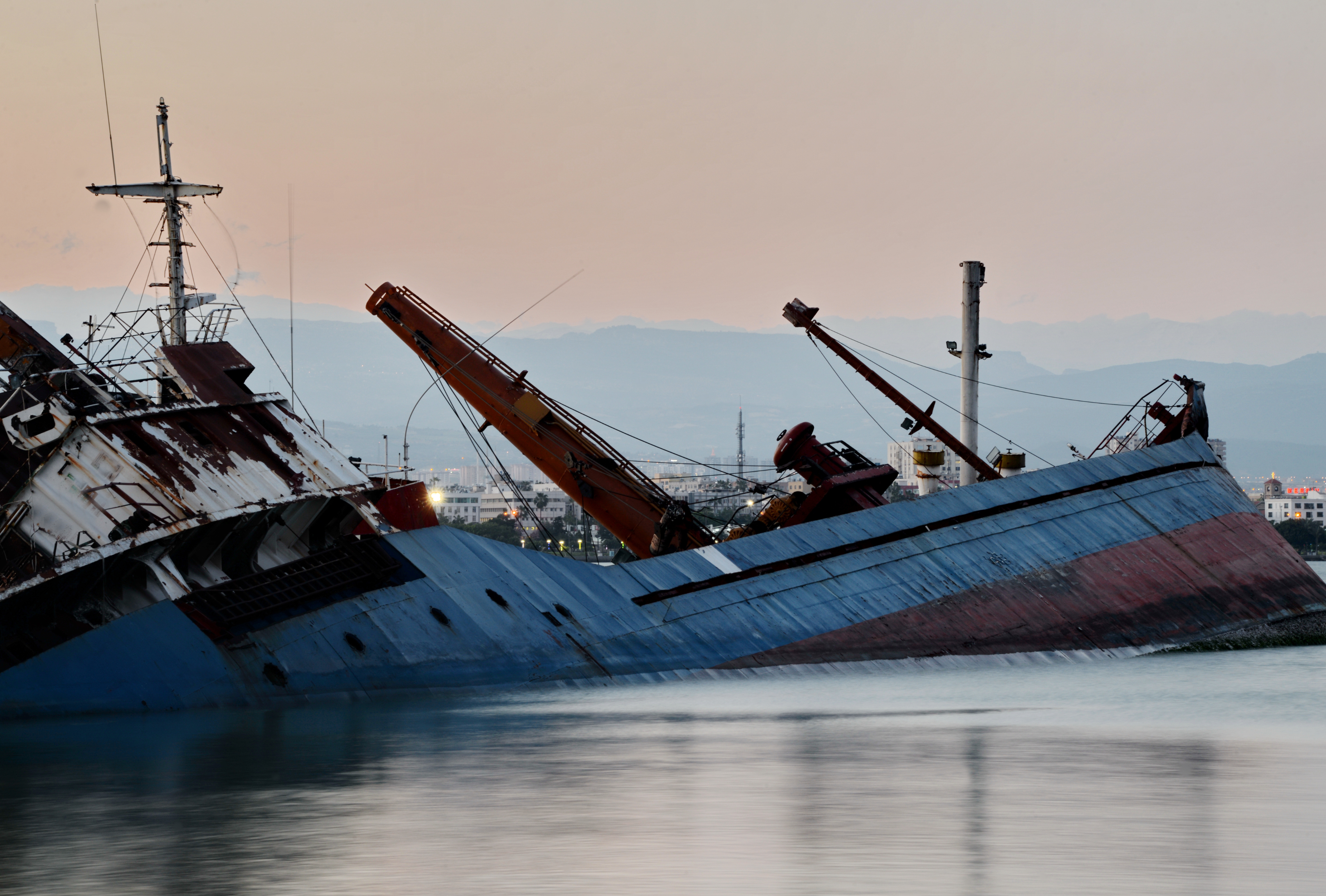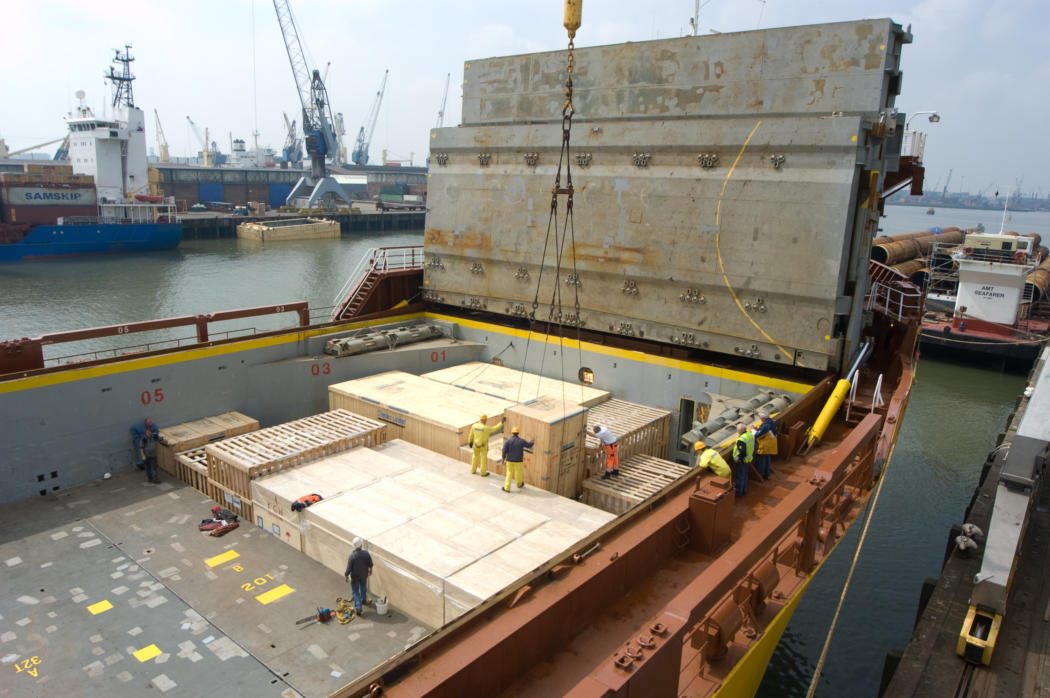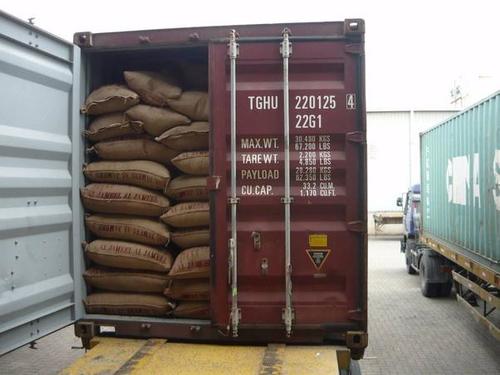Today’s merchants and roasters face many new hurdles in supplying and producing the ultimate cup of coffee for their clients. One only has to flip through the pages of this publication to see the effort those involved in the trade endure to produce that unique beverage so many of us crave. So, after the arduous sourcing for that special flavor, the logistical complexities in bringing the bean from afar, the frugal eye to keep operating costs in check, and the endless sampling to maintain quality and consistency, what happens when the final product is, in fact, “tainted”!?
Hopefully, the next call is to one’s insurance agent as damage control begins abruptly.
Fortunately, the insurance industry has honed some very specific products to assist in dealing with the fortuity. But, some important distinctions should be realized so proper risk management decisions can be made.
Comprehensive General Liability (CGL)
After your marine cover, the next most useful cover is the General Liability policy. Simply stated, this provides cover for bodily injury, property damage, personal and advertising injury that the policyholder is legally liable for to a 3rd party claimant. It applies to events occurring on the premises of the policyholder and can be broadened to apply to their products and completed operations. In practical terms, some claim scenarios are as follows: a 3rd party is injured while on your premises; becomes ill from your product; or, more remotely in terms of coffee, 3rd party property is damaged from your beans.
This is an absolutely essential tool for any retailer, especially since the coffee is an ingestible product.
The next question is always “how much insurance does one buy?” The answer really depends on the policyholder’s appetite for risk compared with the severity of a possible event(s) and, of course, cash flow/assets.
But remember, purchasing a million dollars of coverage does not mean liability to 3rd parties stops when the insurance runs out! Insurance is a means to finance loss by transferring the risk to others – it is not an exoneration of liability.
In any case, the CGL policy is not a panacea; it can be easily neutralized by overreaching waivers of subrogation or hold harmless agreements. Sub-contracts or “side-agreements” could derail coverage. Lack of traceability or strict procedures could jeopardize settlements and exacerbate potential recoveries, especially when blending from different suppliers. Standard unexplained exclusions, i.e. policy does NOT apply to the product itself nor the costs and expenses for the removal of the product, could also cause one to rely on false expectations.
Product Recall
There is an additional insurance product that often works in concert with the CGL Policy called Product Recall insurance. This policy fills the void left by the CGL Policy by providing coverage for the basic perils of both accidental and malicious contamination, and extortion as well as necessary expenses of removal, remediation, and/or destruction of the product.
Additionally, with the recent introduction of the Food Safety Modernization Act, the FDA has inserted itself more prominently into the equation. If there is reason enough to suspect a problem, a subtle urging by FDA could be enough to trigger an event. This “voluntary” recall coverage can also be endorsed into the policy.
But perhaps the most overlooked benefit of such a policy is the “crisis response” team that goes to bat for the policyholder to stem the reputational damage that could quickly settle in.
Risk Controls
Apart from the true risk transfer aspect of insurance, today’s insurers offer a bevy of risk control services usually at no additional cost to the policyholder. This will involve a walkthrough of the premises and an intimate operations discussion with your agent and insurer ensuring everyone is risk aware and can contribute to loss preventions.
Of course, there is no substitute for solid well-communicated standard operating procedures. Properly trained staff well versed in protocols can be the first defense against potential problems.
Furthermore, diligence in choosing reputable suppliers – transparent in their SOP’s and their own insurance representations – would provide further piece of mind.
Finally, a quick check on the financial status of the insurer providing coverage will give comfort that when the time comes, they will be able to perform. There are many services that provide this independent info – A.M. Best, Standard & Poors, or Moody’s. Letter grades are assigned to the financial solvency of the insurers and suffice to say that A or better is key.
This is just a brief summary of some of the more common policies available. As always, please read your entire policy and consult with your specialized agent for full details – especially the exclusions!
Touch wood, you may never need to call upon these insurance products. But, if that unfortunate event happens, knowing that your well considered plan can jump into action could be the make-or-break difference!
The image used above is Ai-generated.

